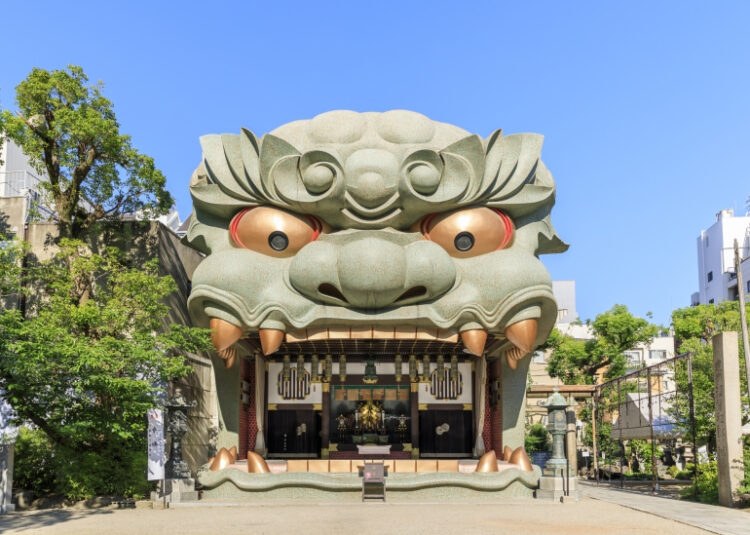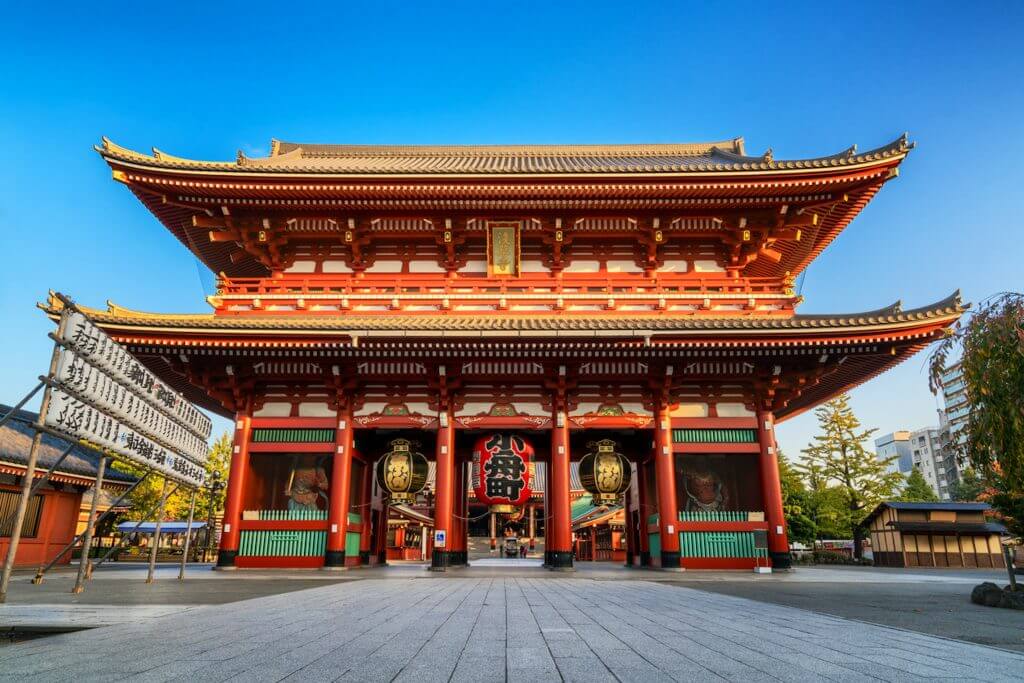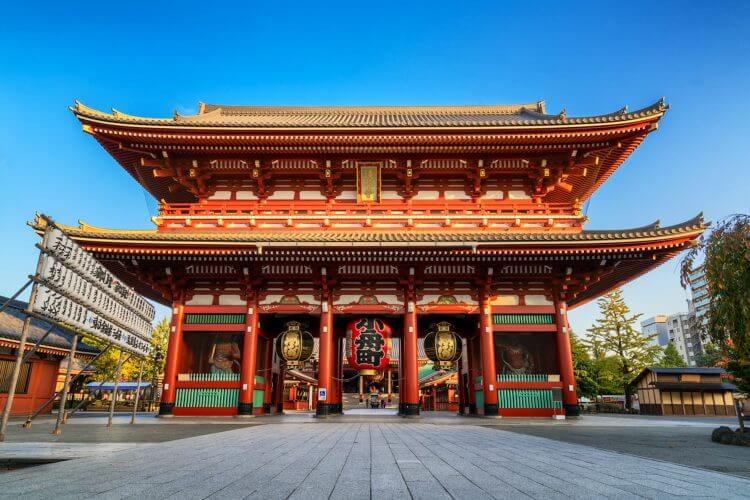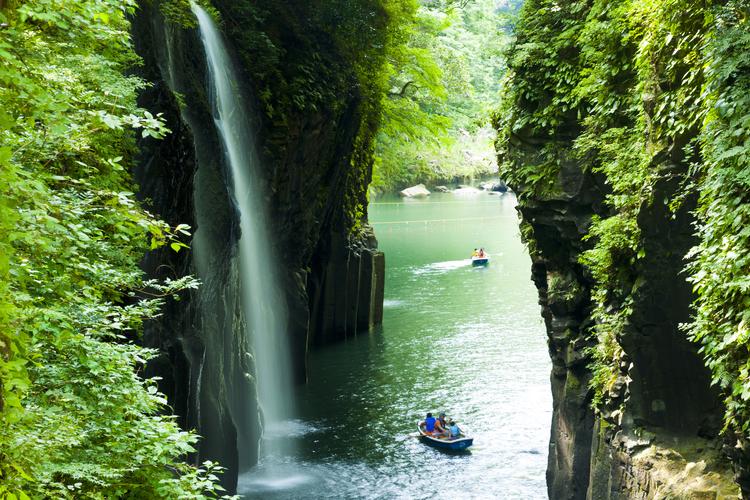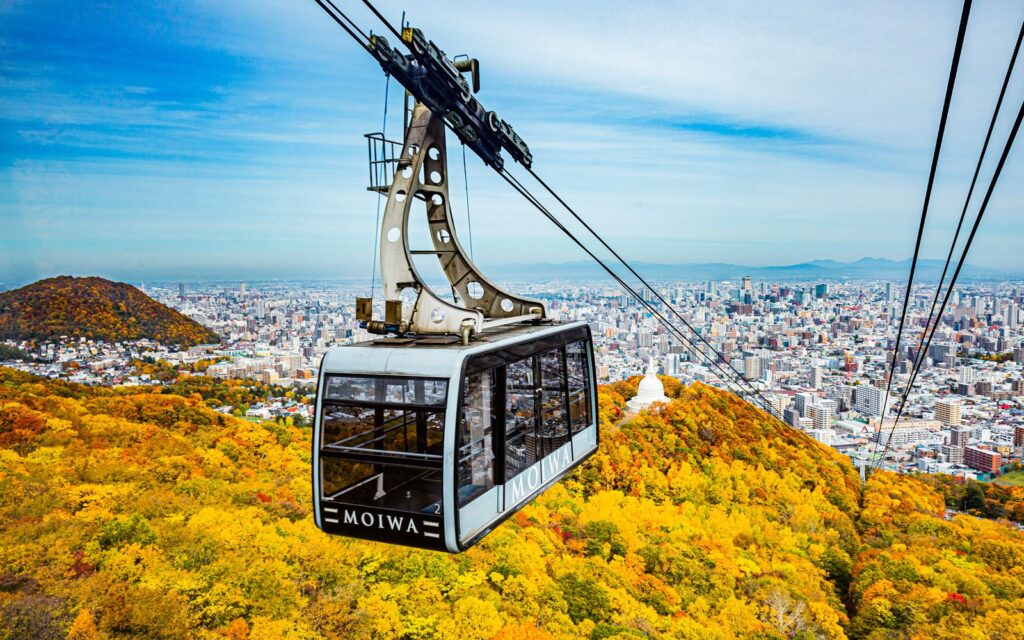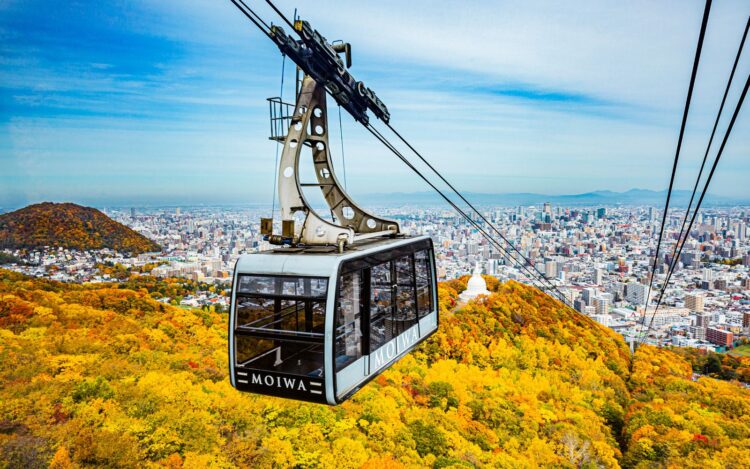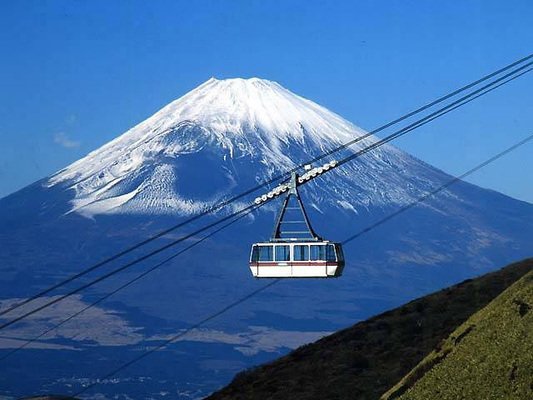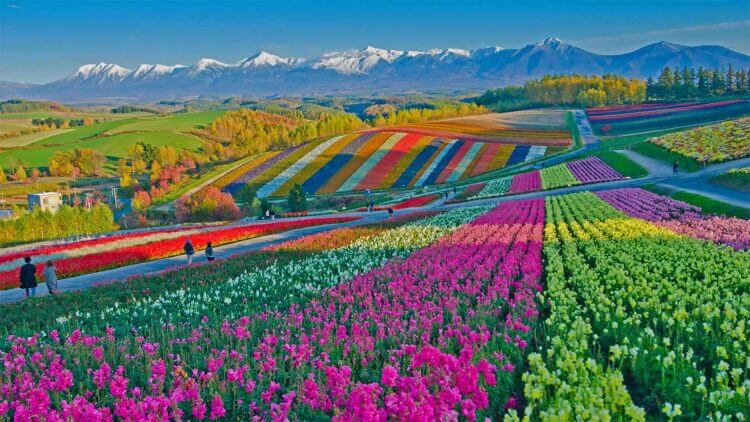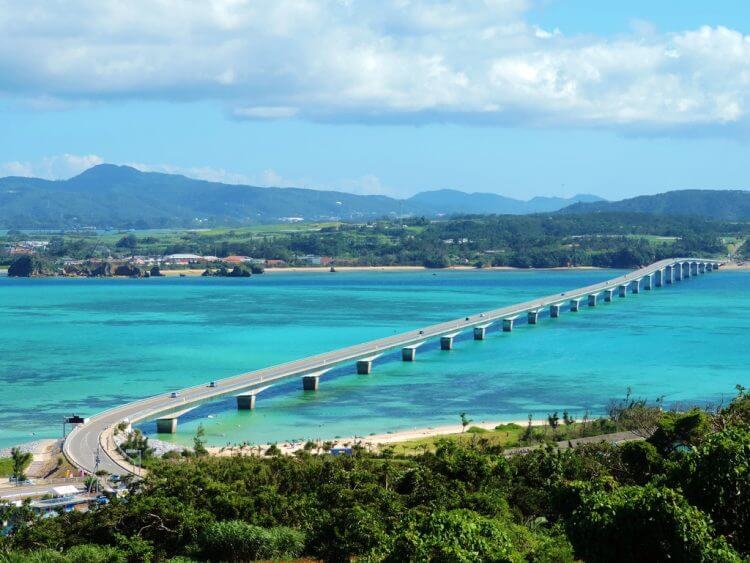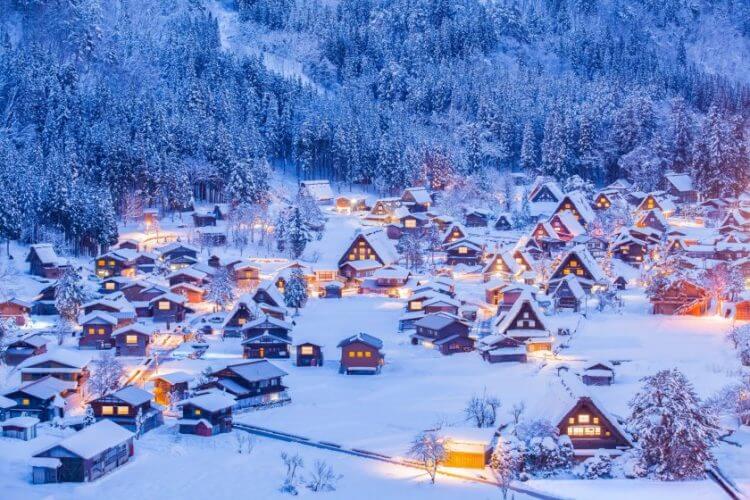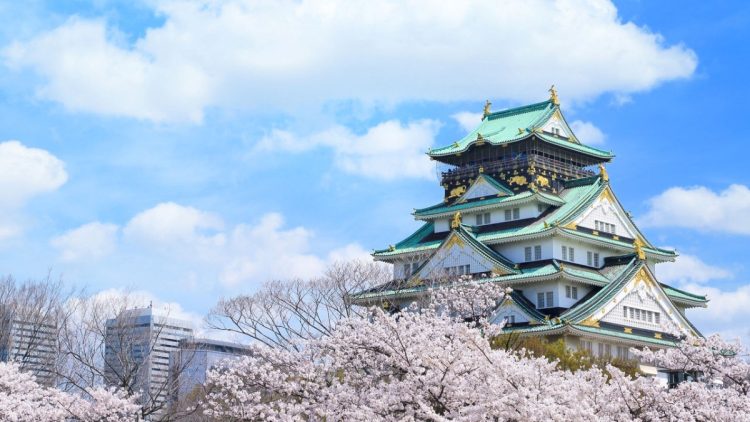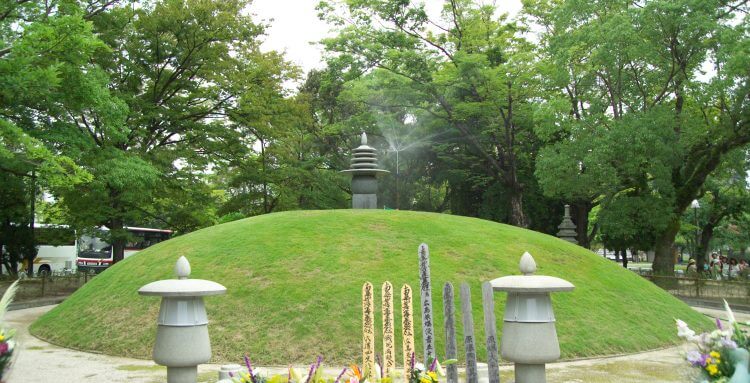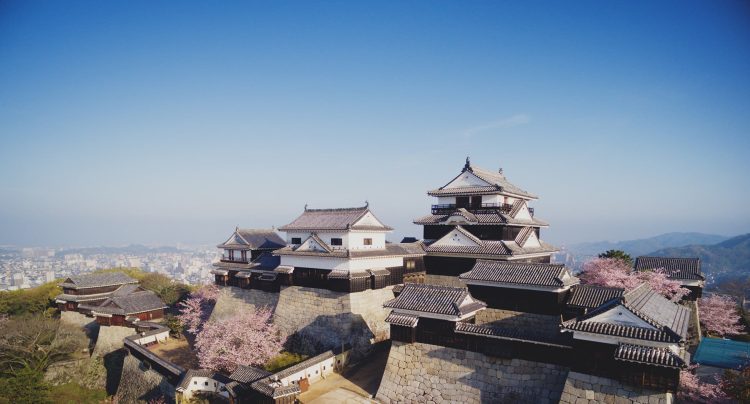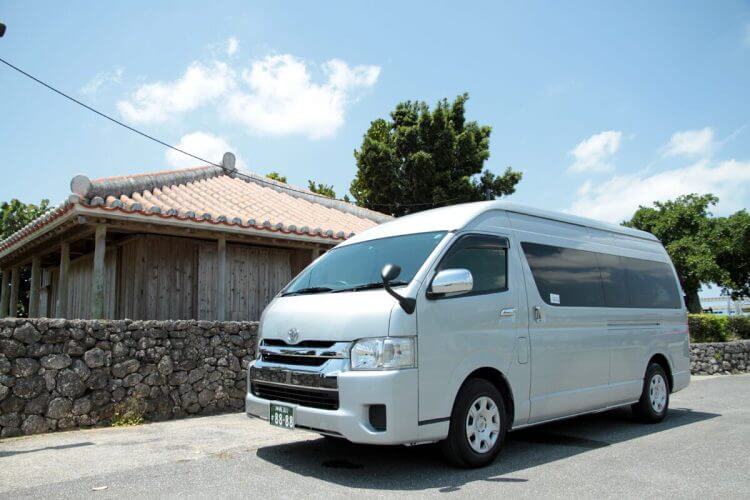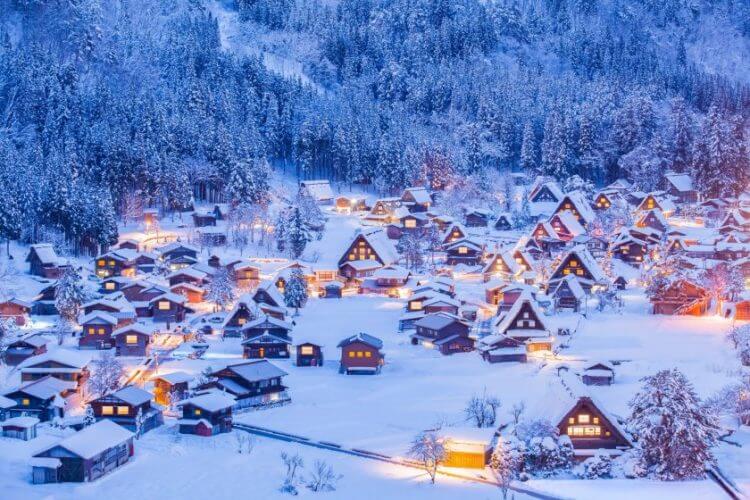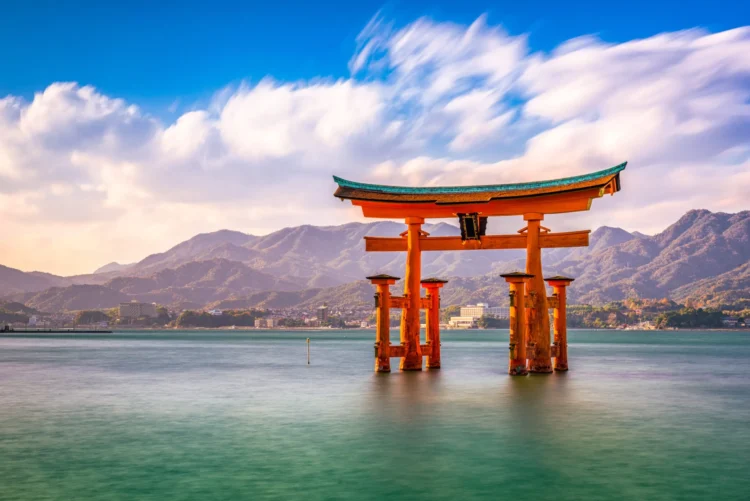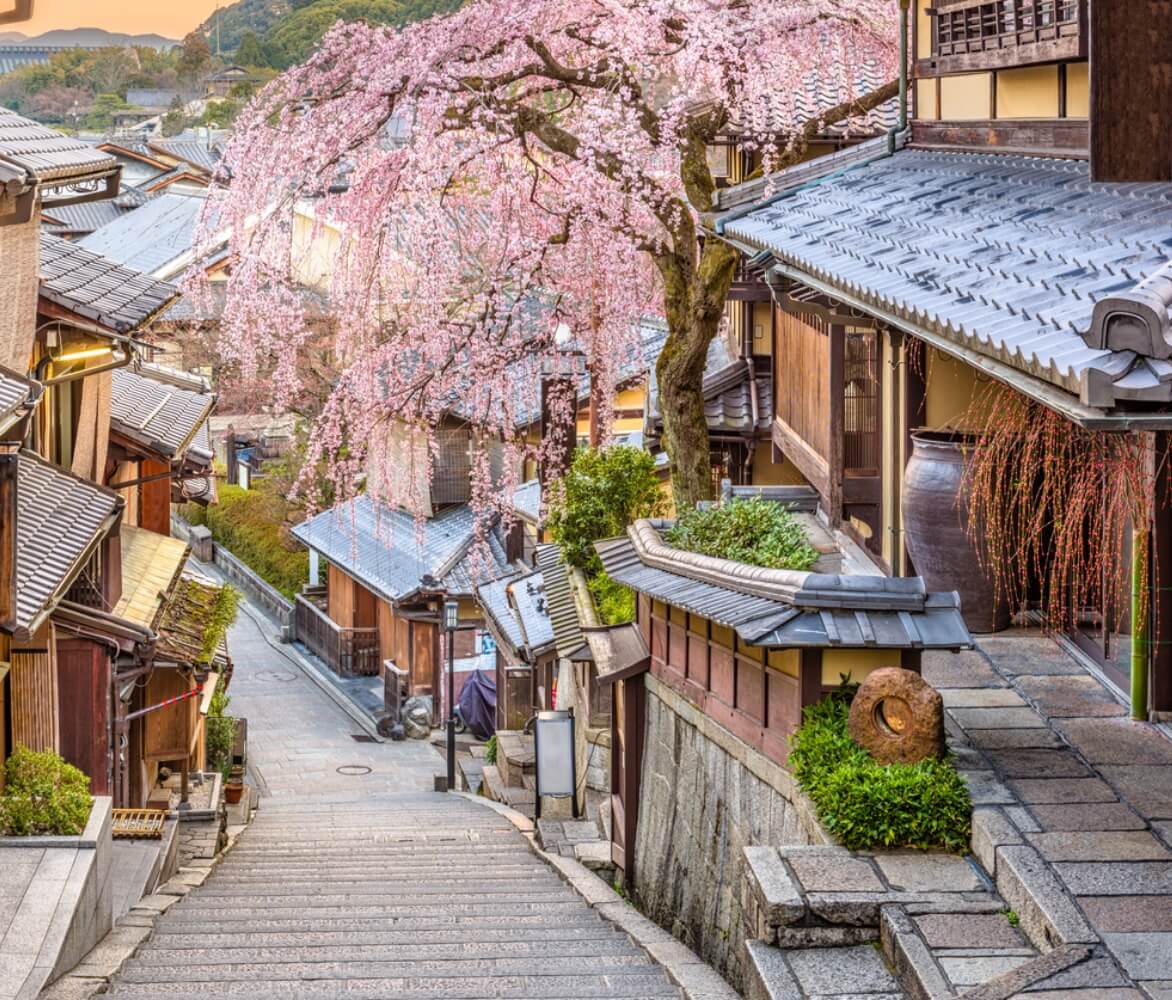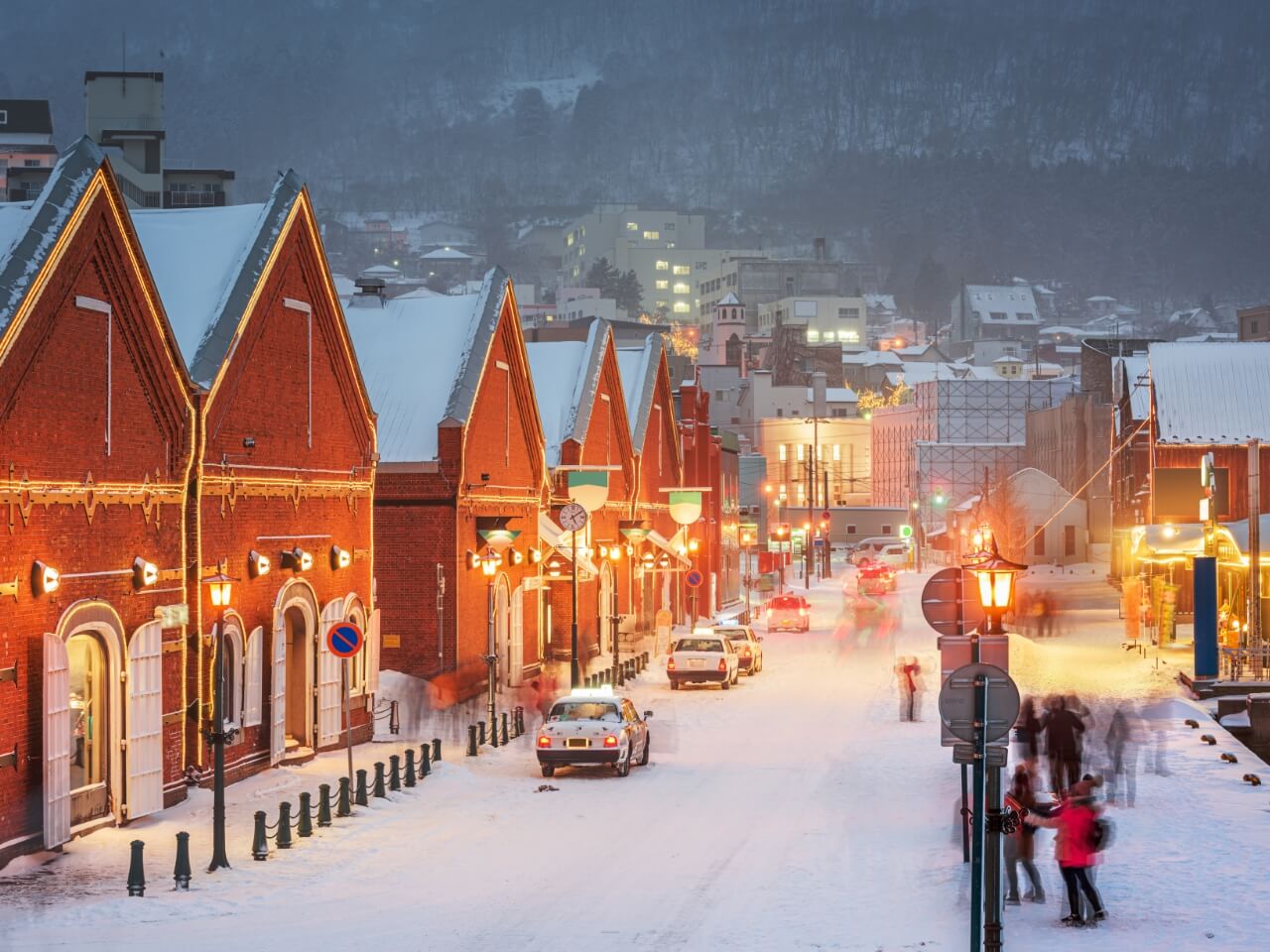Hokkaido, located at the northernmost part of Japan, is a captivating tourist destination renowned for its natural beauty and unique charm. The region is known for its vast grasslands, majestic mountains, crystal-clear lakes, and beautiful coastlines.
First and foremost, Hokkaido is a paradise for skiers and winter sports enthusiasts. It boasts world-class ski resorts such as Niseko and Furano, offering excellent slopes and skiing facilities. Additionally, you can enjoy activities like ice driving on Lake Toya or dog sledding, embracing the joys of winter.
Moreover, Hokkaido is beloved for its stunning natural landscapes. You can explore natural wonders like Lake Shikotsu, Mount Niseko, and the Kushiro Red-Crested Cranes. In summer, you can visit beautiful flower parks and farmlands, savoring fresh seafood and agricultural produce.
Furthermore, Hokkaido has a rich cultural heritage. You can visit traditional villages to learn about the Ainu culture, indigenous to the region, and explore historic landmarks such as the red-brick warehouses in Hakodate and the clock tower in Sapporo.
In summary, Hokkaido is an unforgettable tourist destination, offering a mix of serene countryside, breathtaking scenery, and unique cultural experiences. Whether you seek natural beauty, adventurous pursuits, or cultural exploration, Hokkaido has something for everyone.

